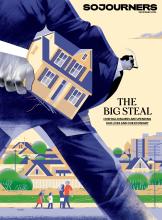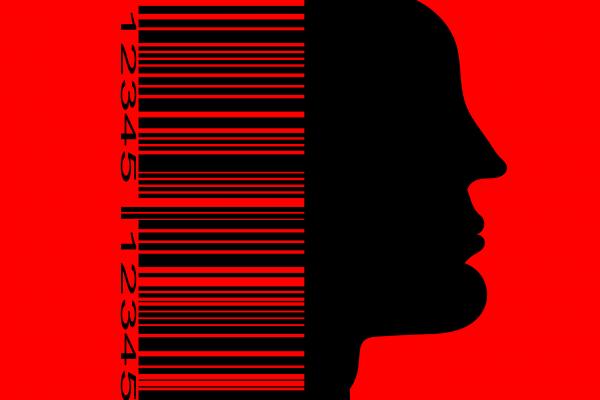The 2009 movie Taken throws its audience into the world of human trafficking. An American teen girl and her friend are taken while on a European vacation and sold into the sex trade through a multinational mob-ran human trafficking ring. The girl is ultimately rescued by her secret agent father played by Liam Neeson. With an estimated gross profit of $145,000,000, it is clear that audiences liked this action-packed thriller. While entertaining, unfortunately, Taken dramatizes and stereotypes traffickers. Contrary to what's portrayed in popular movies, there are many types of traffickers beyond the stereotypical pop-culture swarthy, heavily accented, and foreign organized crime ring.
First, many corporations participate in human trafficking by turning a blind eye to the working conditions of either their workers or the workers of their suppliers, vendors, contractors, and subcontractors. For example, the chocolate and fine jewelry industries are notorious for using slave labor. Beyond these well-known industries, exploitation occurs in the garment making trade, unscrupulous adoption agencies, and agriculture.
Read the Full Article

